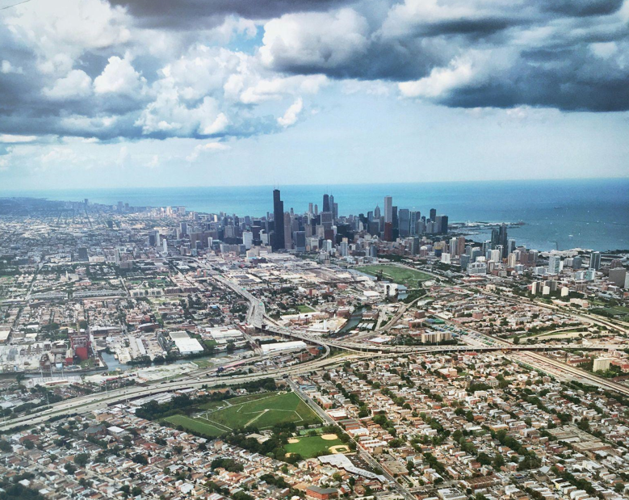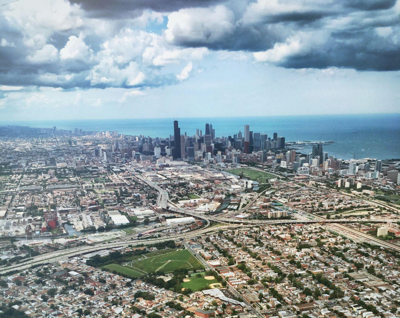Mayor Brandon Johnson has announced a $1.25 billion bond plan to restructure the city's approach to neighborhood development, to diverge from the challenges associated with the Tax Increment Financing (TIF) program that previous administrations relied on.
According to Mayor Johnson, the bond proceeds will provide the city with resources to invest in new businesses, restaurants, affordable homes, and cultural facilities in neighborhoods that need them the most.
If approved by City Council, The Housing and Economic Development Bond would allocate $250 million annually for community improvements throughout Chicago from 2024 to 2028.

Unsplash
The Department of Housing (DOH) and the Department of Planning and Development (DPD) will utilize funds with fewer limitations than the TIF program. Of the $1.25 billion in bond proceeds, DOH will use $625 million to construct and preserve affordable rental homes, build and preserve affordable owner-occupied housing, and maintain single-room occupancy structures.
DPD will employ the remaining $625 million for neighborhood development grants, small business support, and jobs and wealth-building initiatives, which include workforce training and missing middle housing infill development.
Bond oversight and monitoring will be administered by DPD and DOH, with regular reporting to City Council and the public. The bond-related funding is an alternative to the city's routine approach to TIF district expirations after 24 years and looks to bring more equitable development to Chicago's neighborhoods.










(0) comments
Welcome to the discussion.
Log In
Keep it Clean. Please avoid obscene, vulgar, lewd, racist or sexually-oriented language.
PLEASE TURN OFF YOUR CAPS LOCK.
Don't Threaten. Threats of harming another person will not be tolerated.
Be Truthful. Don't knowingly lie about anyone or anything.
Be Nice. No racism, sexism or any sort of -ism that is degrading to another person.
Be Proactive. Use the 'Report' link on each comment to let us know of abusive posts.
Share with Us. We'd love to hear eyewitness accounts, the history behind an article.